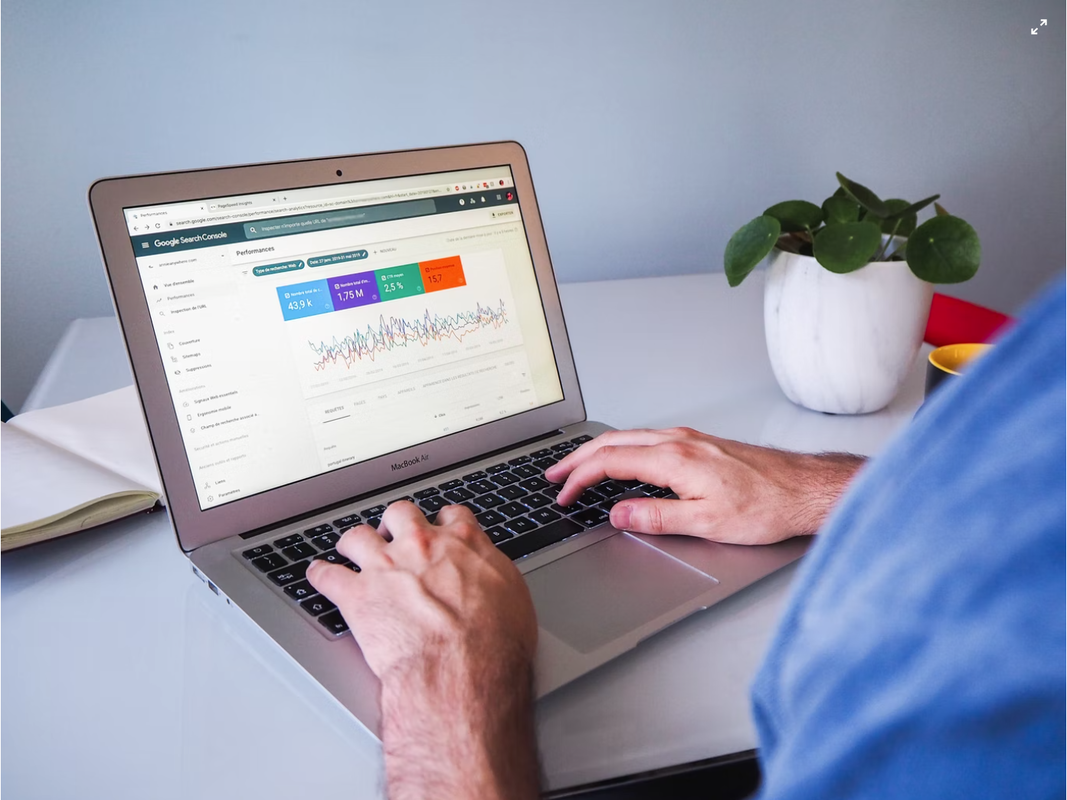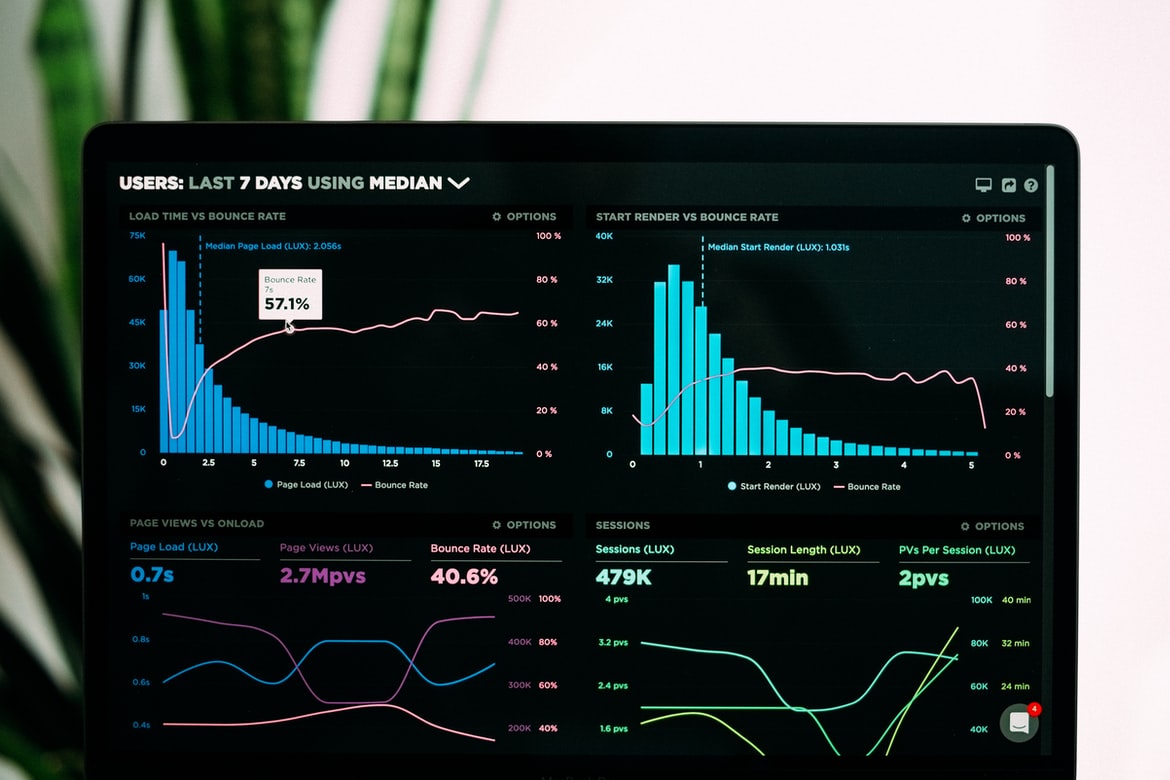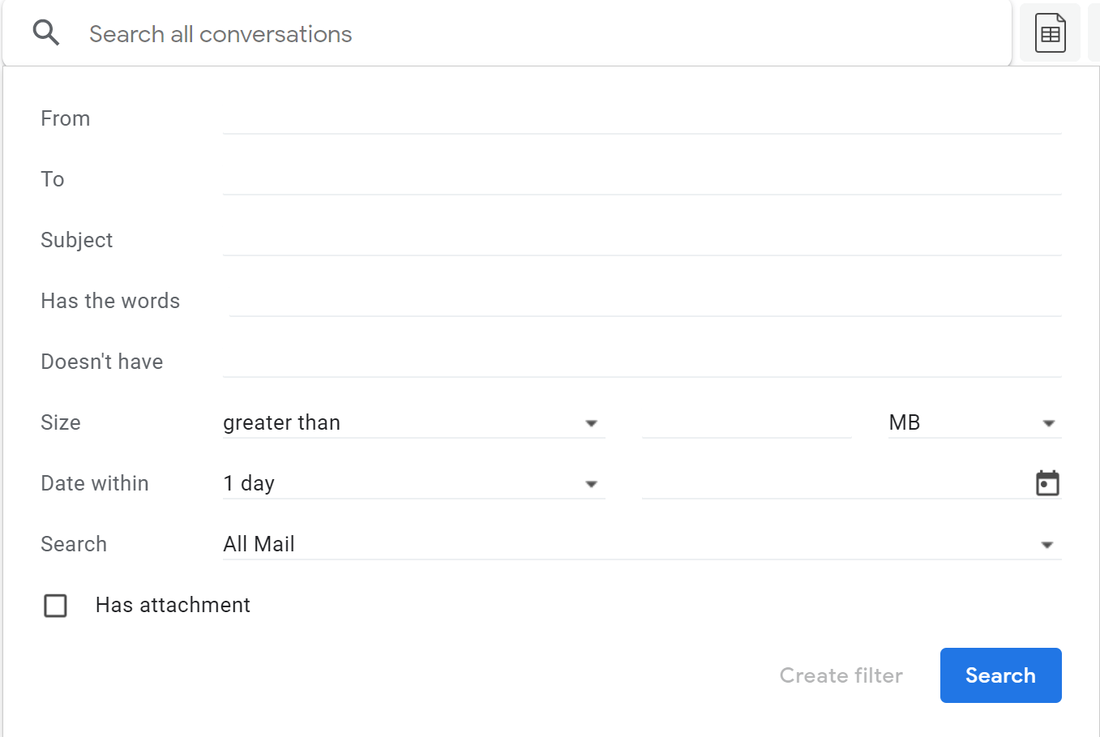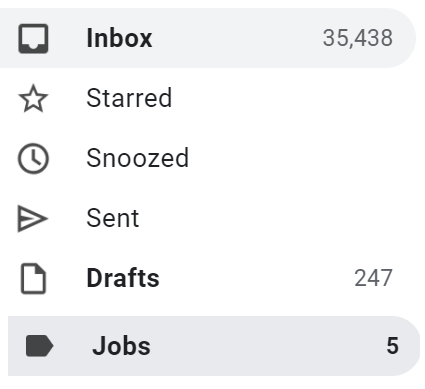1) Does the venture capitalist even invest in the area that the company is in? I.e. do not go to a venture capital that does deep tech artificial intelligence investing when your firm is a regulatory agency.
2) Understand at which stage the venture capitalist invests? I.e. SEED, Series A? Do not go into a Series A investor asking for Seed.
3) Understand much capital does the venture capitalists fund have? I.e. $100 million? $10 million?
4) Understand from question #3 how much of that capital has already been deployed? I.e. $10 million/$100 million? This shows if this venture capitalist is just kicking the tires, and not serious.
5) From question #4 also ask them how quickly do they deploy capital? I.e. be prepared to offer them something generous in return or look at it from there perspective in what they would actually invest in.
While these questions are not the exhaustive list, it's also important to notate that many venture capitalists lose money 9/10 times, and there are alternative measures of funding. If you'd like to find out more, please schedule a free consultation with us.














 RSS Feed
RSS Feed
